Interview
Interview: Kenneth Friend
In conversation with analogue collage artist Kenneth Friend. We’ve really enjoyed seeing the many ways people enter the arts and find a way of framing their practice.
Kenneth, born and raised in Vancouver, Canada, studied fine arts and then a BA in history and Germanic studies in Victoria and an MA in modern European and East Asian history in Edmonton.
Moving to Freiburg, Germany, as a doctoral student in history in 1996 Kenneth now lives and works in Hamburg in 2001 for a job as a translator and have been commuting between Hamburg and regularly takes drawing and painting courses at the adult education centres there.
Can you talk about your journey into or interest the arts?
I drew a lot as a kid and teenager, then attended art school after high school. I then got off track with art for more than two decades, but always had a feeling or hope I would one day come back to it. I found a way and the will to do this in 2013, and have since then been constantly intensifying my efforts, both in various art courses and through my own independent study and work. I am always working to develop my art and position myself as a working artist. I am aiming at and working toward a late professional career as an artist. I am “hungrier” as an artist now than I ever was as a young man.
Do you use a sketchbook? I am interested in what a sketchbook means to you and your work, or how people develop their ideas.
I use a sketchbook, but mainly for life drawing. Recently I have been making more efforts to carry one around with me, but I have been struggling to use it in public. I am a very private person, and easily become self-conscious if I feel overtly observed or am interrupted by the curious while drawing. I am challenging myself to overcome this though. It is increasingly clear to me that I will only see progress in closing the gap between what I want to do and what I can by drawing, drawing, drawing, and then drawing some more.
Your work often explores portraiture or the human form. What specifically interests you about these?
The human face, male or female, and the human body, especially female, are for me almost the only reservoirs of expression, emotion, passion and even longing that I need. I adore women, and I want to build monuments to their beauty, grace, intelligence, sensuality, sometimes even to their cruelty, weaknesses and even their human abysses, maybe even extending to the grotesque. I am a highly “emotional” and instinctive artist, little interested in concepts or intellectual approaches. I suppose I am just naturally attracted to the figurative, though I experiment widely with colour and something reminiscent of the Expressionism of my German and Austrian mentors of the past. My works are always momentary endpoints in a tug-of-war between my striving for what I see and visualise and what my present level of ability allows for. I see no end to this process. Key here for me is to find peace in the knowledge that the gap between desire and reality is a large part of what makes up an individual artistic voice at any given moment, and that applies to me as much as it does any artist.
Can you talk about your process of working? How do you work, how often, is there a pattern?
I tend to have sometimes more, sometimes less active phases in my work habits. Many factors contribute to this. Time, motivation, availability of solitude, my emotional state. I have a complicated life that involves moving back and forth between two homes in northern Germany; a small apartment in Hamburg, where we have little space for me to spread out and, since my partner and I have both been working at home now for months because of coronavirus, it is sometimes a challenge to find the solitude and/or concentration, and sometimes motivation for my art. I tend to work small-scale here. I also live in Oldenburg in Holstein, a small town, mainly to be with my daughter, but I often retreat there on my own for some days. This is my “man cave”, where I can spread out and organise my days entirely as I wish (my work as a translator aside). There are also few distractions of the big city. I work a lot here. There is always a painting in progress on my easel that I can work on in bursts all day long. Here is where I work larger scale and where I make my prints and my collages.
Do you find the process of creating work relaxing or therapeutic? I have become increasingly interested in the relationship of the sketchbook and the work to the artist.
Yes! Very much so! When I have submerged into my work on something, I take almost no notice of anything else and time just flies by. It is like meditation in a way, except that the result is a kind of fierce, almost myopic concentration rather than striving to not concentrate on anything, unless I am misunderstanding the point of meditation. Perhaps relaxation is not exactly what I feel, because I am kind of buzzing and highly attenuated to my task at hand, but I am focussed and happy. Missing this feeling of my youth of spending hours in my room drawing and painting, only stopping briefly to flip over a record when I became aware of the silence, is really at the top of my list of motivating factors for finding my way back to art after so long. To date, my sketchbooks full of nude drawings and sketches are mainly used as references for my paintings or prints, but I am starting to do more with them.

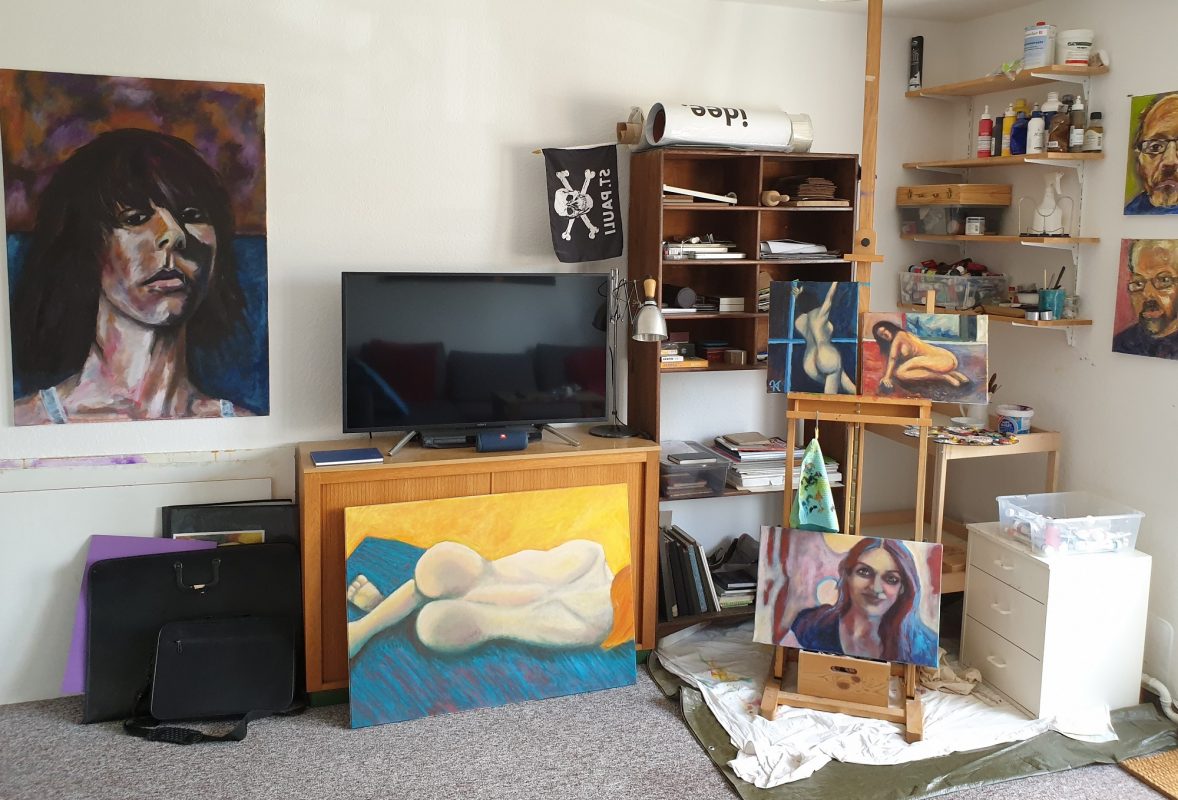
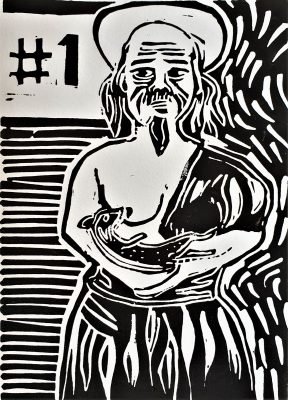
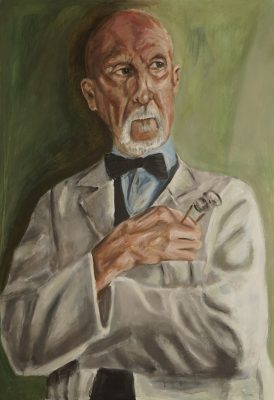
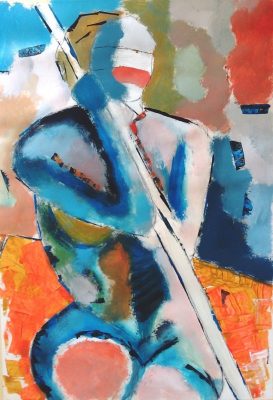
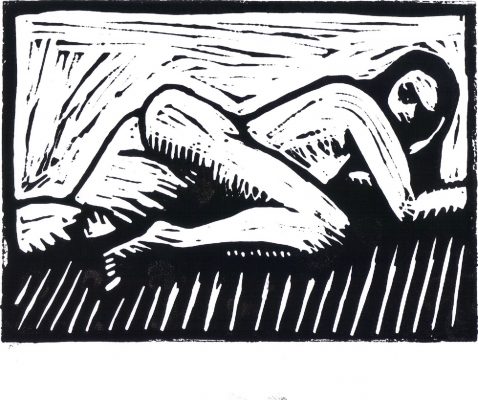
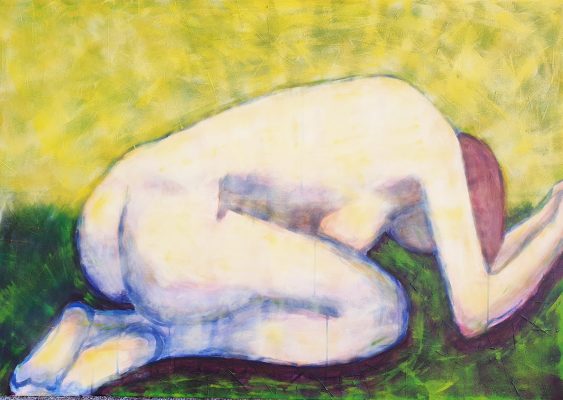
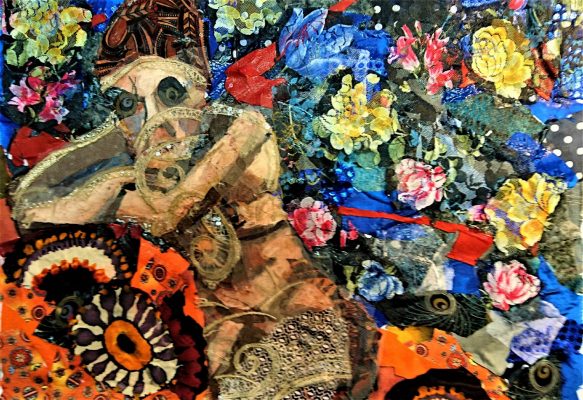
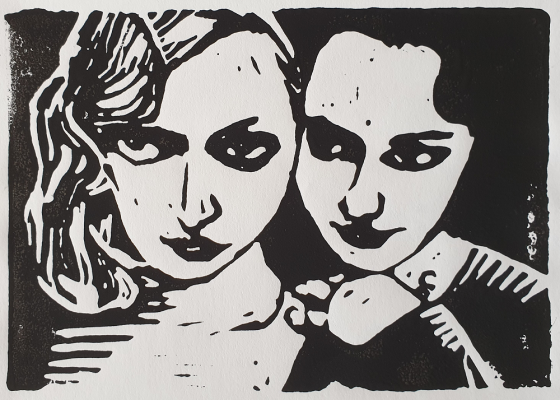
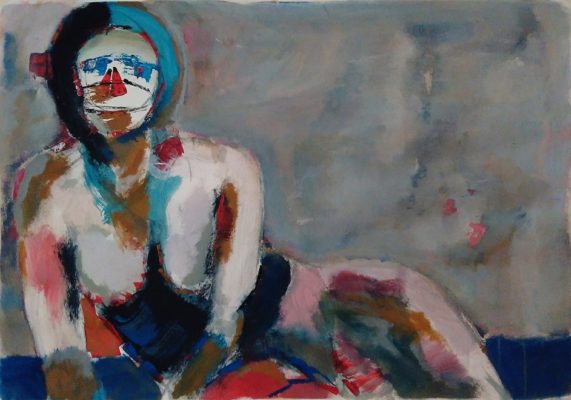
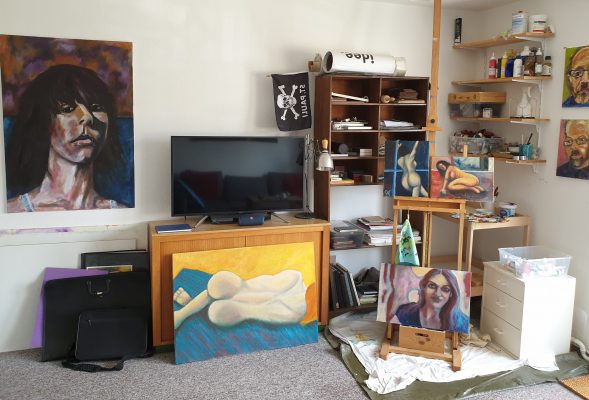
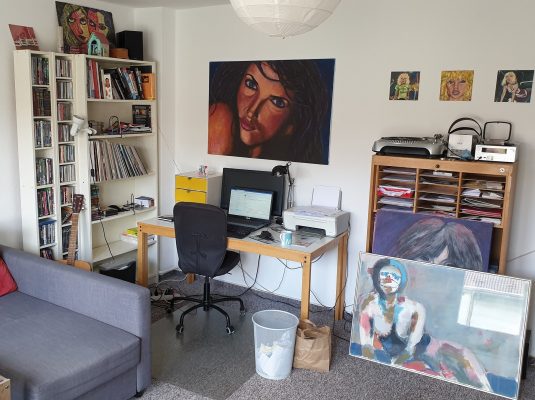
Do you like this artist?
If so, why not write a comment or share it to your social media. Thanks in advance if you can help in this way.